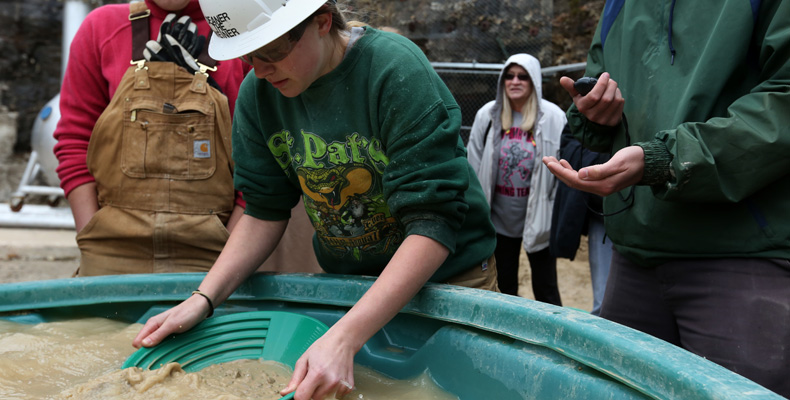
Deanna Fitzgerald, a member of S&T’s 2014 world champion women’s mucking team, pans for gold during the international Intercollegiate Mining Competition last year at the Experimental Mine in Rolla. This year, the team is traveling a little further — to Kalgoorlie, Australia — to defend its crown. Photo by Sam O’Keefe
A group of Missouri S&T students is preparing to travel over 9,000 miles to defend two world championship titles in events based on old-fashioned mining techniques generally known as “mucking.” Missouri S&T’s men’s and women’s teams both earned first place at last year’s competition, and this year they will head to Western Australia School of Mines to compete in the 37th international Intercollegiate Mining Competition in Kalgoorlie, Australia, as formidable contenders.
Not only is the women’s team defending world champion, it has a legacy of success, having won the title in 2007, 2009, 2011 and 2012.
The competition’s events are comprised of:
- Gold panning. Students must find five flattened lead shot or copper BBs in a pan full of dirt and mud.
- Hand-mucking. Students run an ore cart down a 75-foot section of track and fill it with “muck” — a combination of gravel and dirt — using shovels.
- Hand-steeling. Students drill into a block of concrete using a 4-pound hammer and a 7/8-inch-wide steel chisel.
- Jackleg drilling. Students drill into a vertical rock or concrete wall using a pneumatic air-drill.
- Surveying. Students are given a starting point and must report the coordinates of a finishing point using an old-fashioned Vernier transit.
- Swede sawing. Students saw through a 6-by-6-inch piece of pine timber with a 36-inch bow saw
- Track-standing. Students must set up and tear down a five-meter section of track, including sleepers, rail, connection plates and bolts.
Although the women’s mucking team has a tradition of placing well, this year it’s up against a team with a strong home-field advantage.
“Australia is on home turf and, as far as I know, no one has ever beaten them there,” says Deanna Fitzgerald, a senior member of the team. “We have high hopes, but we know the competition is going to be fierce and we will have to be at our best if we want to earn a good result.”
Missouri S&T’s teams will be in Australia March 20-April 4. While there, the team members will not only compete but visit with several Missouri S&T mining engineering alumni who currently work in Australia’s mining industry.
“The team has been practicing track-standing the most,” says Kelsey Garrett, also a senior member of the team. “It is a team effort and has helped us develop better communication and teamwork.”
Missouri S&T will take four mucking teams to the competition: one women’s, two men’s and one co-ed. Approximately 40 universities from around the world will send teams to compete at this year’s events.
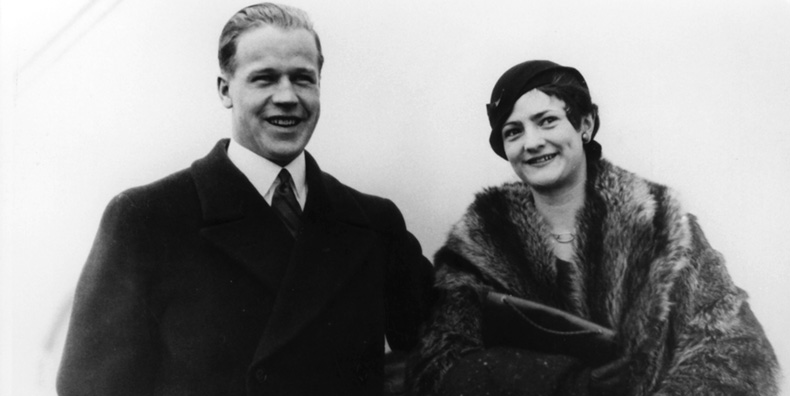
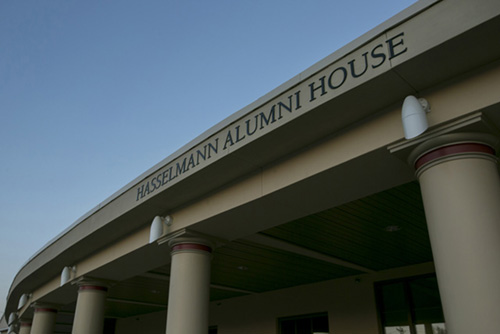
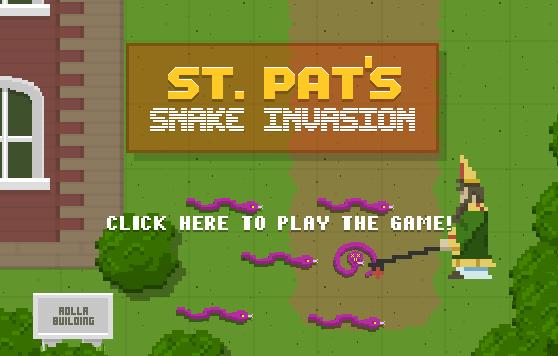
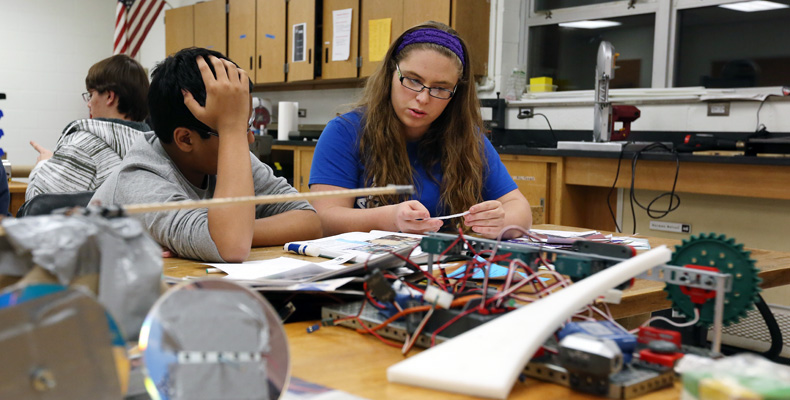
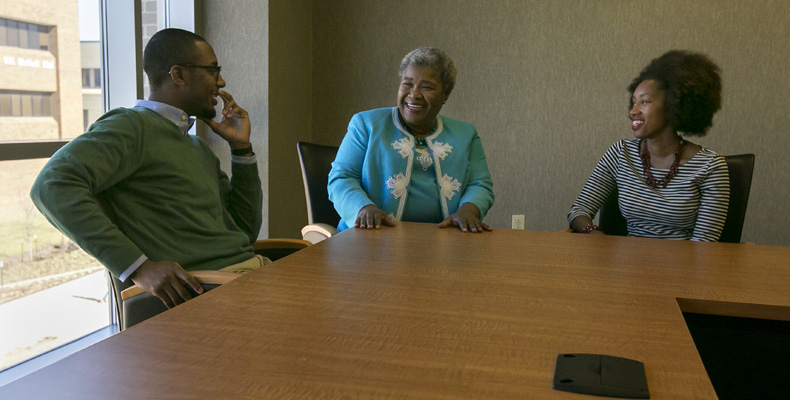
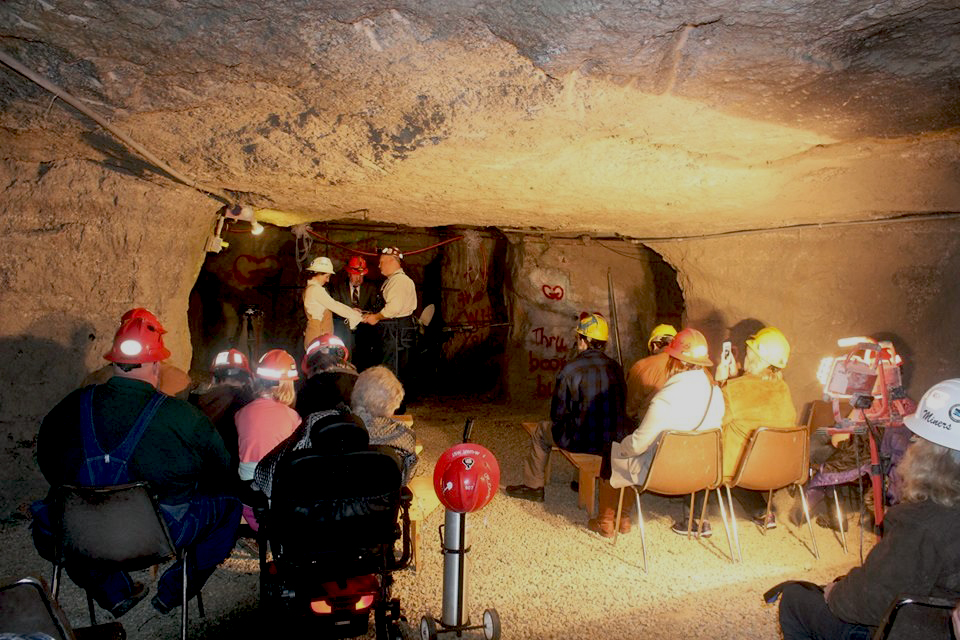
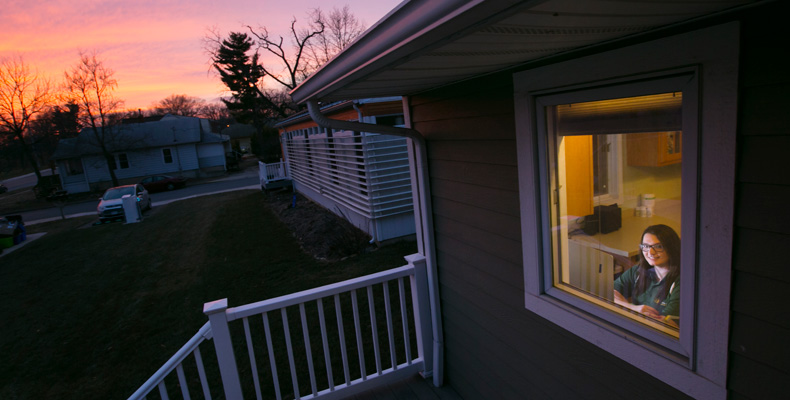
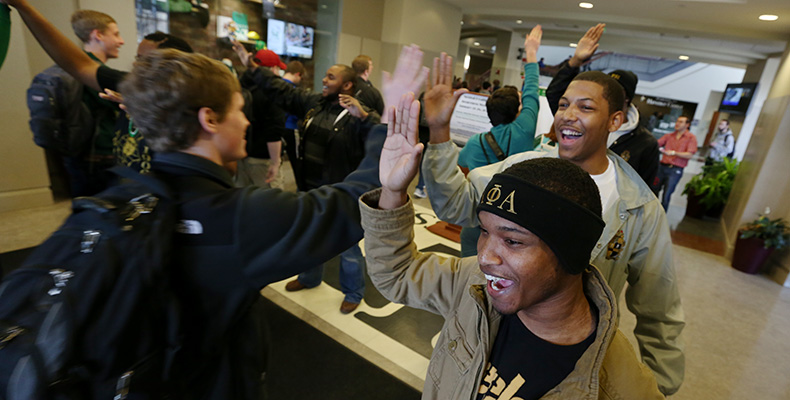
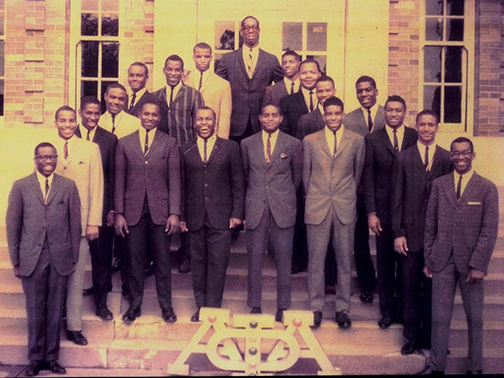


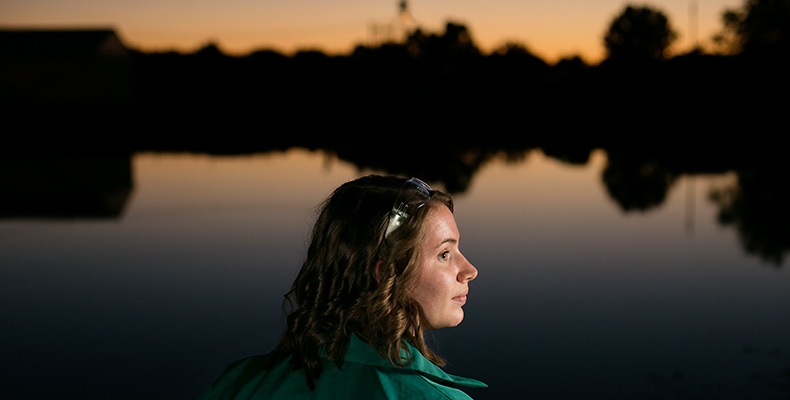
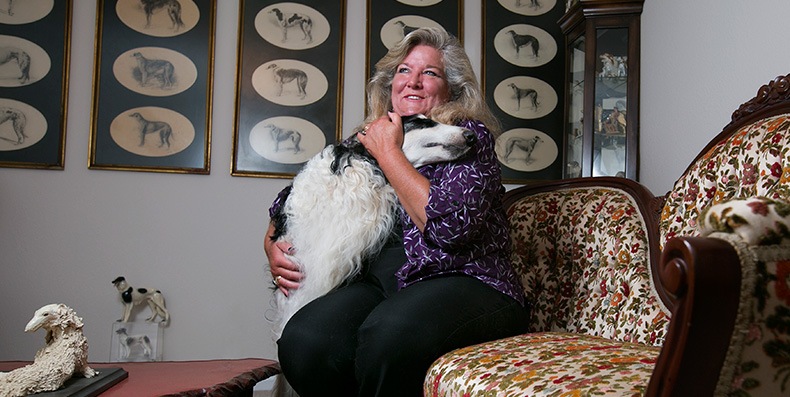
Recent Comments